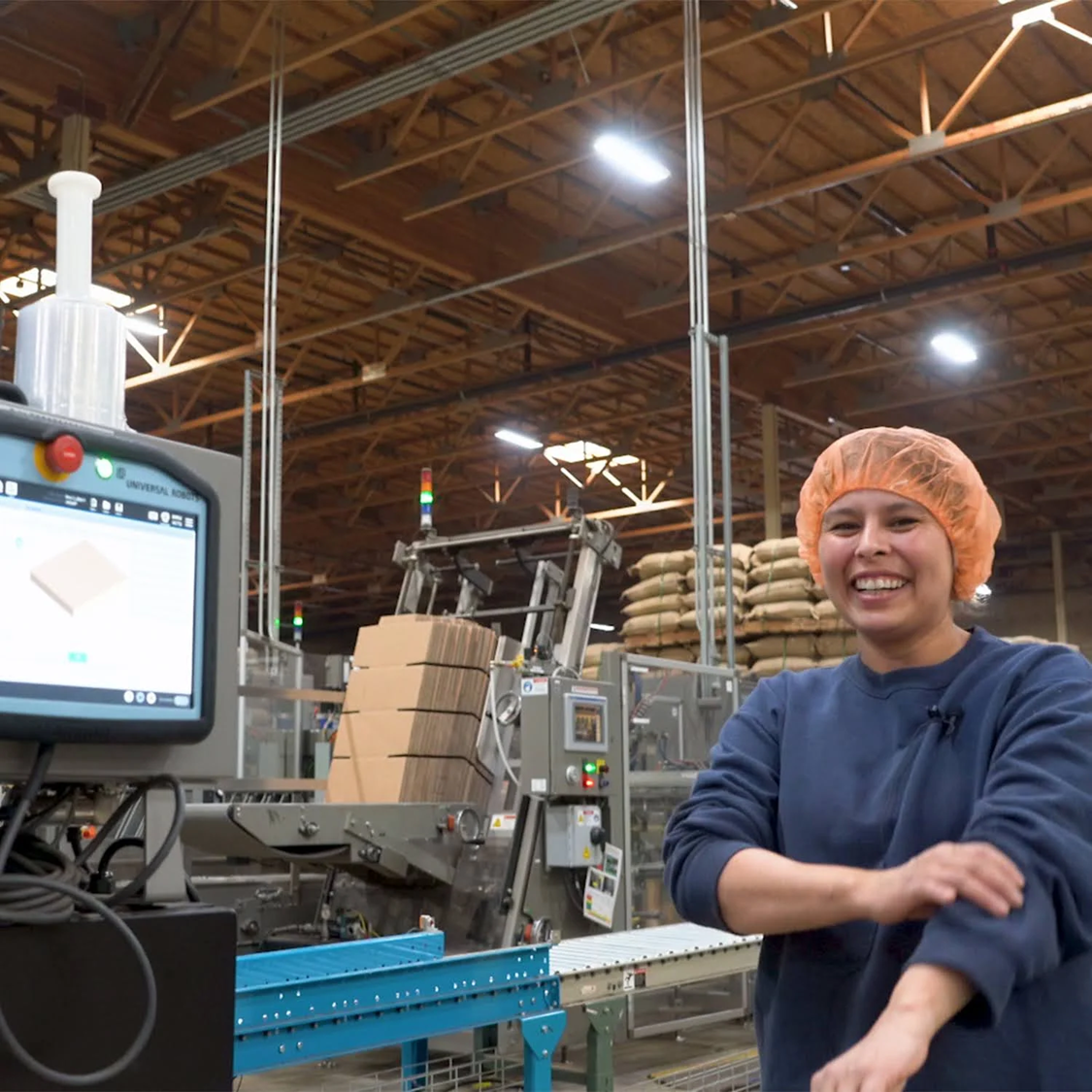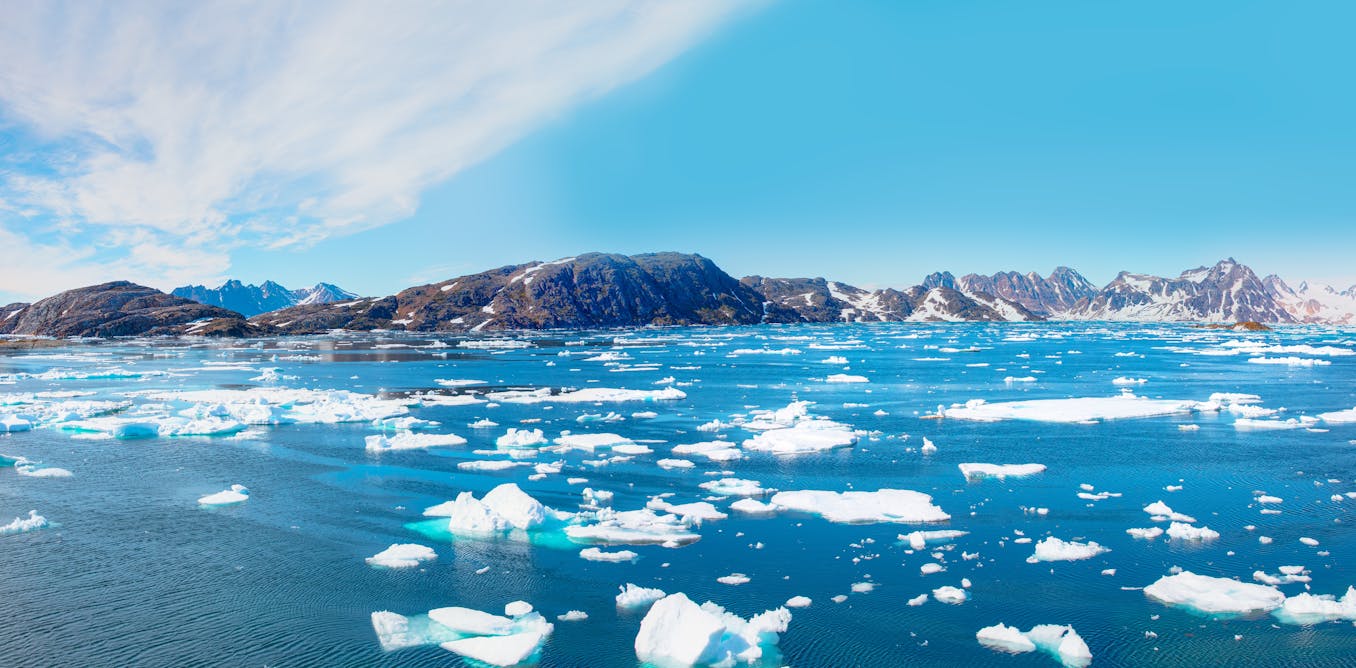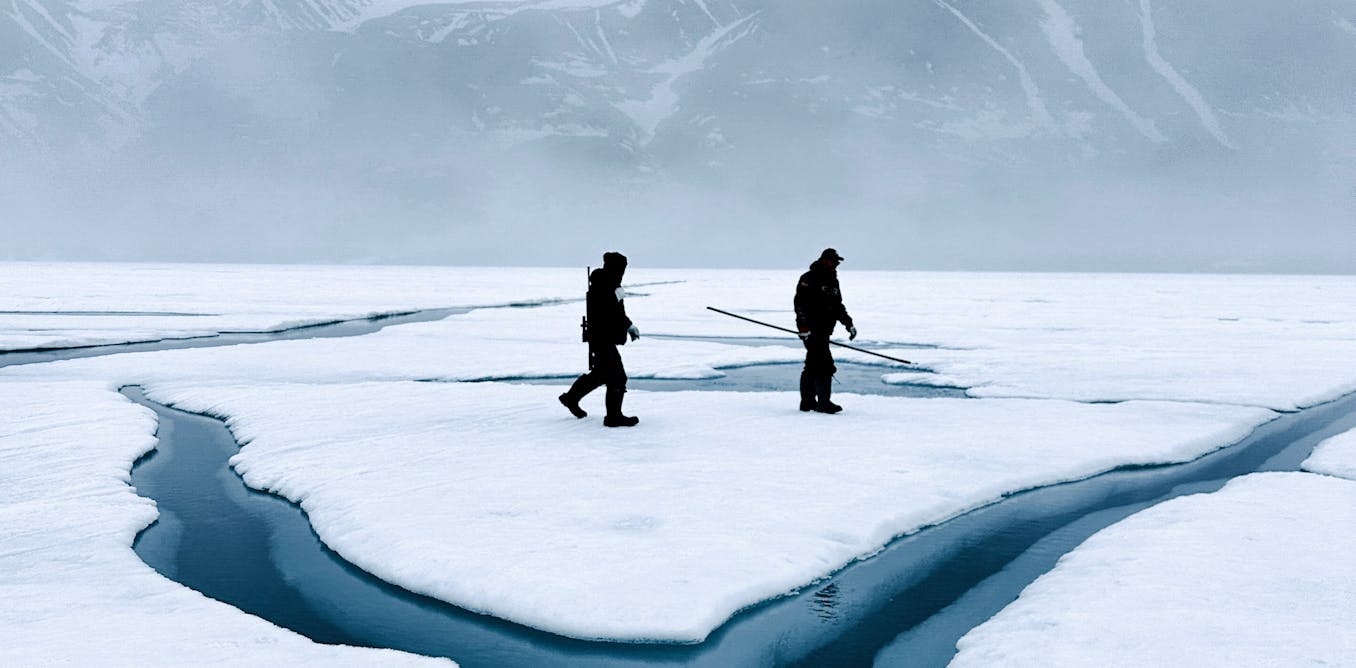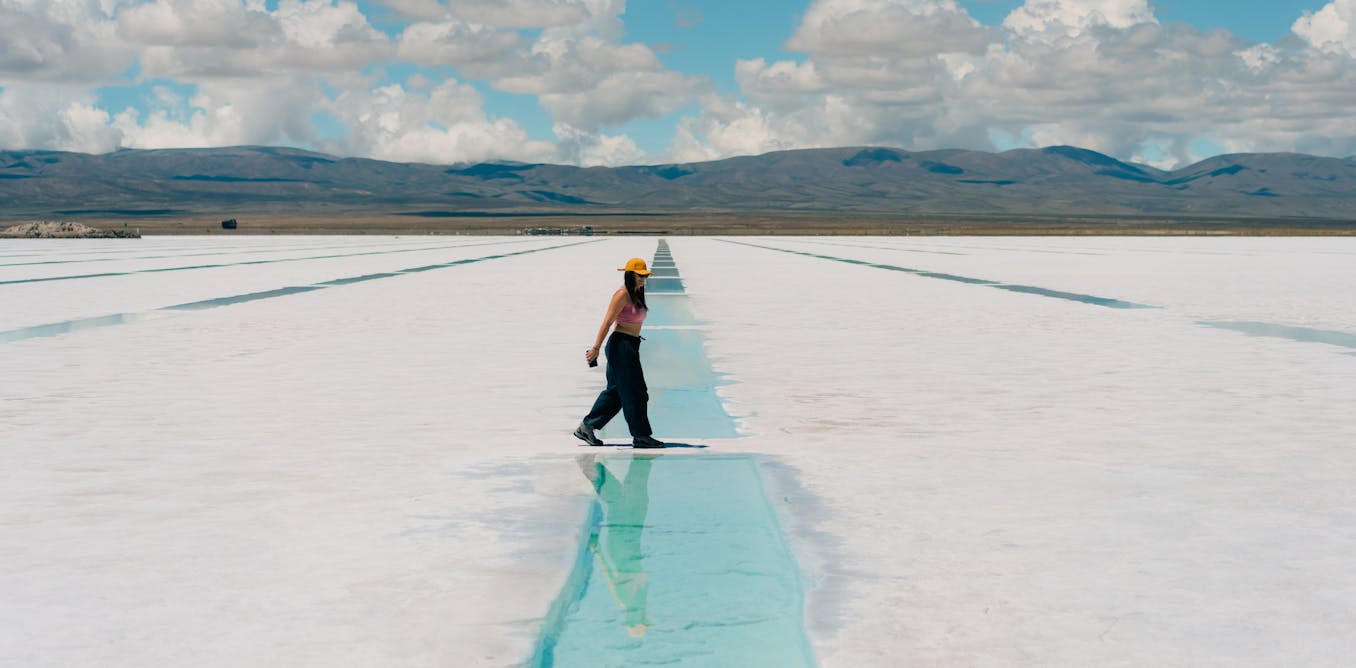A year ago, French newspaper Le Monde and Radio France broke a scandal in big water – Perrier was filtering its product. The filtering began due to worries about water contamination linked to climate change and pollution of spring sources.
It was also revealed that executives at parent company Nestle and French government ministers tried to keep it all quiet. They allegedly covered up reports of contamination and changed the rules to allow micro-filtration.
Under EU law, for a brand to market their products as “natural mineral water” it has to remain unaltered. French mineral water companies are now awaiting a ruling on what level of filtration is considered illegal “treatment”. The result could mean that, after 160 years, Perrier will no longer be able to be call its product “natural mineral water”.
Strikingly, the same issue was debated extensively by scientists during the 18th-century European spring water boom. These men considered the effects of human intervention on the product and what was lost in the process.
A spa boom
In the 17th and 18th centuries, medical interest, in addition to factors like travel for leisure, resulted in the proliferation of new spa towns across Europe.
In England, Buxton and Tunbridge Wells developed in the 1620s and 1660s respectively, while Harrogate, Cheltenham and Leamington came in the 1710s, 1750s and 1790s. Historical survey’s place the number of spas and wells offering healing mineral waters at around 350 in the 18th-century heyday.
Spas like Bath, Buxton and the Bristol Hotwell were thermal, offering hot bathing. However, other spa sources in England were not heated. This meant that those who wished to bathe had to do so in the cold, which was both undesirable, and at that time, considered dangerous. This was due to fears that the English cold climate, when combined with bodily exposure to cold water, could disrupt bodily rhythms an cause illness.
Wikimedia
As a result, many of the cold spas focused on offering health benefits through drinking their waters. When hailing the qualities of the newly discovered waters at Scarborough in 1660, Yorkshire doctor Robert Wittie declared they had “gained such credit” that people: “Come above an hundred miles to drink of it, preferring it to all other medicinal waters they had formerly frequented.”
He later described the health benefits he gained from drinking them:
I had lost two pound and a half of my weight… I found after it better agility of body, and alacrity of spirit then before.
In 1654, the doctor Edmund Deane had similarly described the effects of the waters of Knaresborough: “Those waters at the Spaw doe presently heal, and (as it were) miraculously cure diseases, which are without all hope of recovery.”
Testing the waters
As the number of spas grew, so did the options for consumers. As a result, the 18th century saw increasing attention and experimentation on mineral waters by scientists. Rather than questioning the health benefits, they instead compared waters to one another, experimenting on them to determine processes that produced and changed healing properties.
For example, British doctor George Turner, who translated and expanded upon a German work about the spa of Bad Pyrmont, in 1733. His work discussed experiments on the waters of the spa and the minerals that could be determined within. It noted that if left standing, the carbonated water lost its potency: “Whence it is, that so spiritous a liquid does so easily turn to a flat insipid water.”
He also suggested that boiling caused mineral waters to lose some invisible element important to its proper function. “Why so many globules of air arise out of mineral waters when it is warmed?” he asked, only to conclude that when “spirits fly out of any liquid” they go “incognito without any tumult”. As they “flew”, so too did whatever gave these waters healing properties, making chemical recreation in a lab impossible.
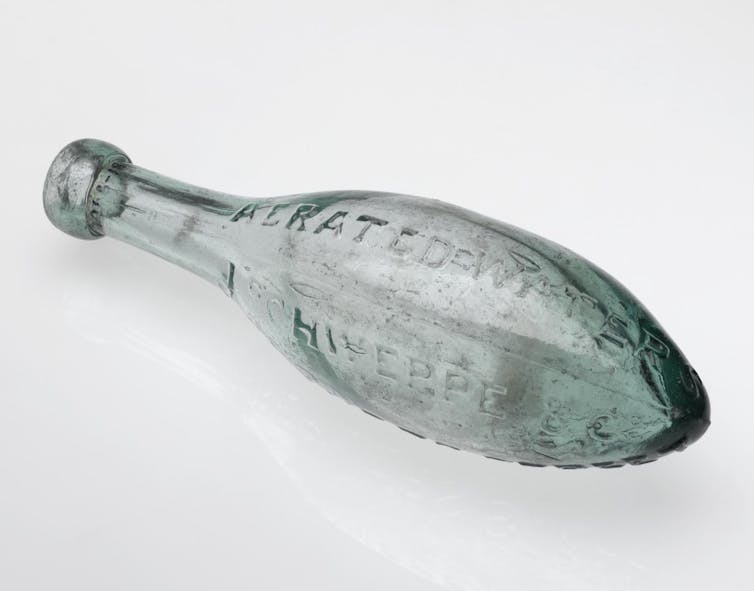
The Board of Trustees of the Science Museum, CC BY-NC-ND
Historians of science have suggested that works like this foregrounded the concept of “gas”, which came more conclusively later in the century.
During experiments on the Scarborough waters, doctor Peter Shaw and natural scientist Stephen Hales each sought to determine the nature of the “subtle sulphurous spirit” in which they felt the “principal virtue of the Chalybeate (flavoured with iron) Waters resided”.
Similar experiments also involved extensive filtering, with physician John Nott in 1793 adding solutions to the waters of Italy’s Pisa and France’s Verdun before filtering them and performing further tests on “what remains in the filter”.
Scottish physician, Thomas Short, had concluded previously that filtering waters was both an important natural process. He described “the several strange alterations that water undergoes, by being strained through different strata of minerals”. But also that the body inherently filtered “raw” mineral waters through its skin when bathing, allowing only those smaller minerals in to provide the health effect, he claimed.
These scientists used their burgeoning chemical understanding to conclude that processes performed on waters fundamentally changed them, going from “spiritous” cures to “flat insipid water”. Even lacking the full knowledge or vocabulary to express why, they felt their processes and tools were incapable of recreating the waters of nature.
Legacies of these ideas can be seen in our changing attitudes to food and drink. Modern branding and consumer value is placed on a lack of processing. We are increasingly concerned with capturing and consuming the natural as it is, before human intervention has muddied it.
In so doing, we continue the ideas of those concerned with mineral waters all that time ago. By filtering their waters, no matter how little Perrier claim it affected them, we feel as though some spirit of the natural has perhaps been lost.

Looking for something good? Cut through the noise with a carefully curated selection of the latest releases, live events and exhibitions, straight to your inbox every fortnight, on Fridays. Sign up here.
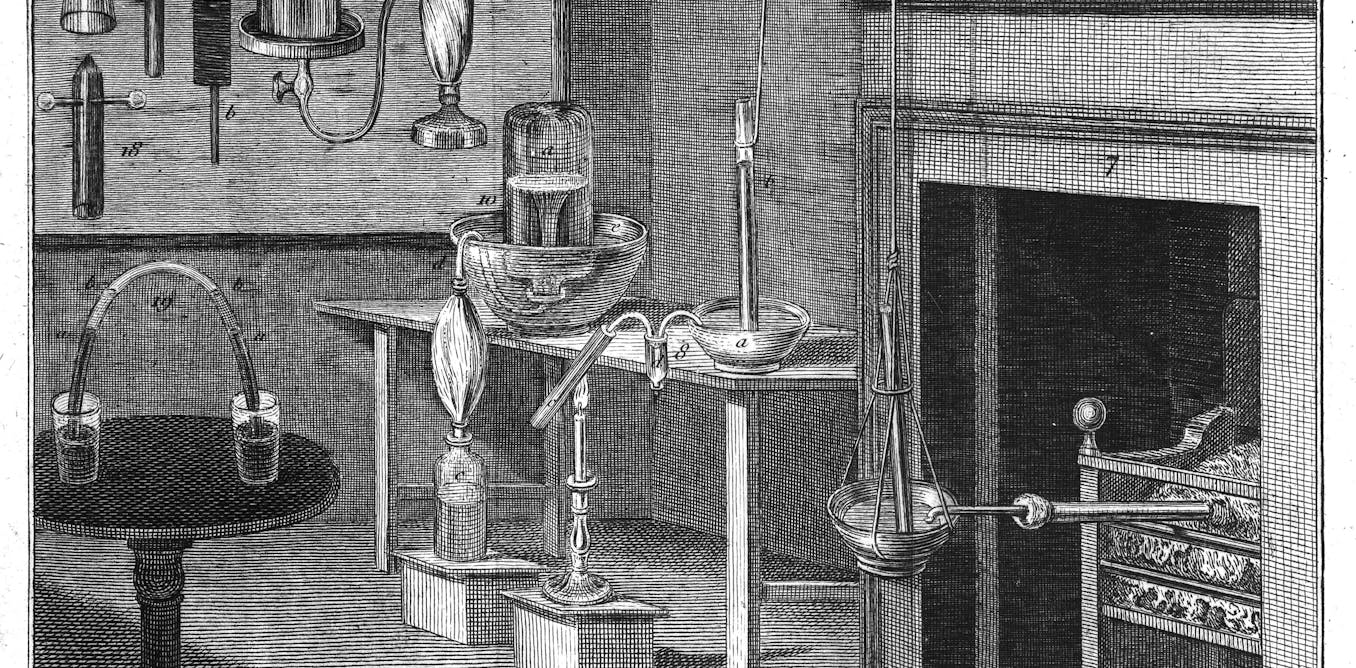
The post “Is mineral water ‘natural’ if it’s filtered? The debate gripping France today has raged since the 18th-century” by Daniel Gettings, Sessional Tutor, Department of History, University of Warwick was published on 08/15/2025 by theconversation.com














